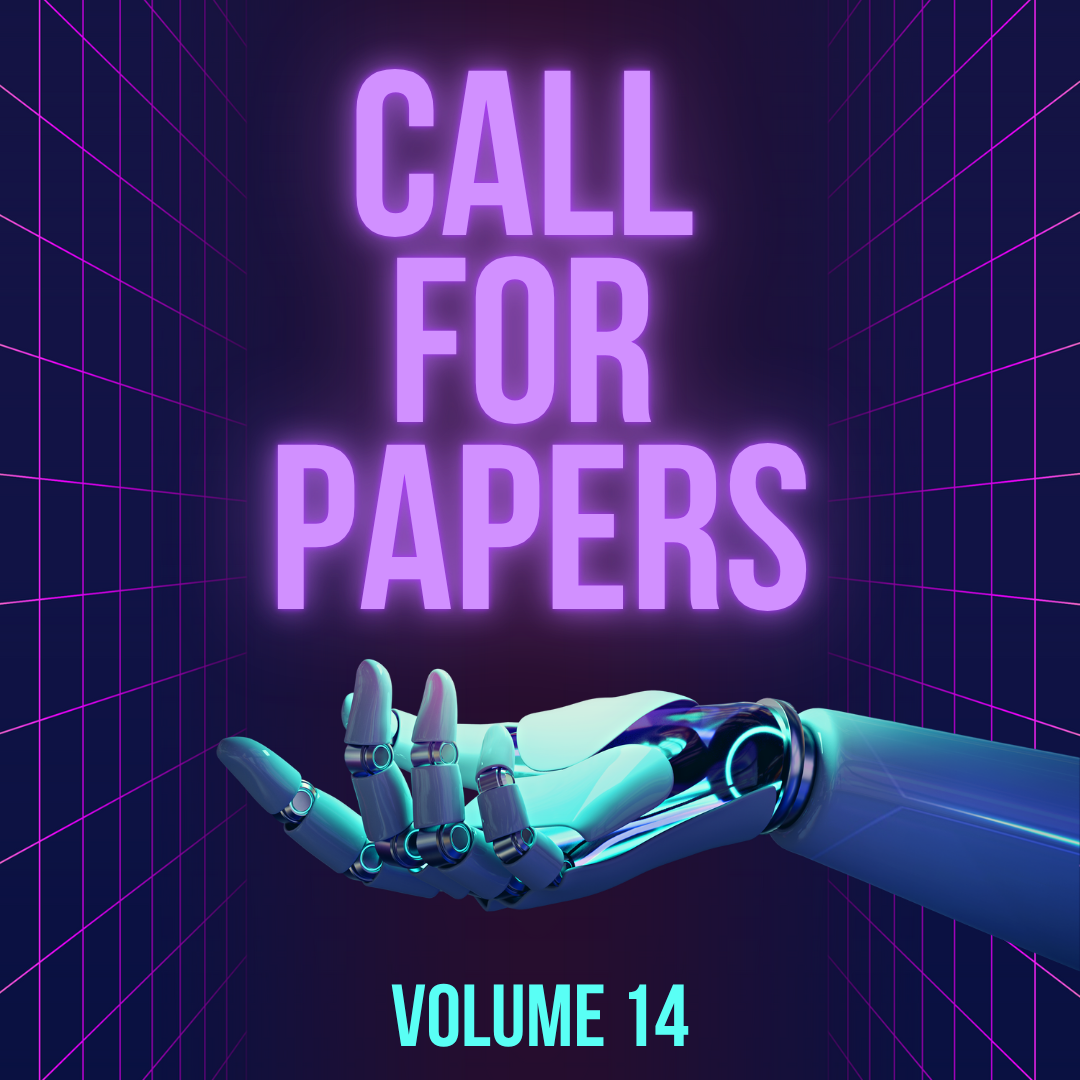Enhanced Short-Term Residential Load Forecasting Using K- means Clustering and Iterative Residual LSTM Networks
Keywords:
Load Forecasting, Energy management, LSTM, K-mean, ResBlocks, STLFAbstract
Accurate short-term load forecasting (STLF) is essential for optimizing energy management systems, ensuring operational efficiency, and balancing supply and demand in power grids. This study introduces a hybrid model, K-RNLSTM, which integrates K-means clustering with iterative Residual Long Short-Term Memory (LSTM) networks to improve prediction accuracy. The K-means clustering algorithm categorizes similar load patterns, allowing the model to handle seasonal and hourly variations more effectively. Iterative ResBlocks are incorporated within the LSTM framework to capture complex non-linear dependencies and improve the learning process without suffering from degradation. The model was evaluated using real- world residential electricity consumption data across four seasons: winter, spring, summer, and autumn. The K-RNLSTM model consistently outperformed traditional methods such as Extreme Learning Machines (ELM), Seasonal-Trend Loess (STL), Gated Recurrent Units (GRU), and standard LSTM in terms of Root Mean Squared Error (RMSE), Mean Absolute Error (MAE), and Mean Absolute Percentage Error (MAPE). The results demonstrated that K-RNLSTM achieved an average RMSE of 0.71, MAE of 0.43, and MAPE of 1.31%, surpassing benchmark models across all seasonal variations. Furthermore, the integration of ResBlocks significantly improved the model's ability to minimize large forecasting errors, particularly during peak demand periods. This research demonstrates the effectiveness of combining clustering techniques with deep learning models for short-term load forecasting, offering a robust solution for power system operators to optimize energy distribution and reduce operational costs.



